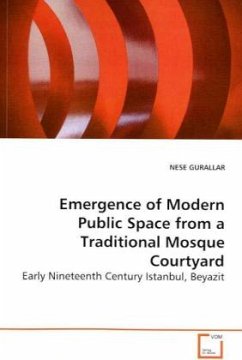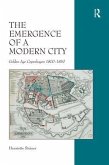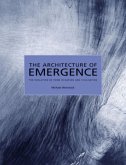This book aims to produce a comprehensive history of
the transformation of the Istanbul Beyazit Meydani
[Square] related with the modernisation of the
public realm in the Ottoman Empire. In opposition to
the dominant view that the reshaping of urban spaces
in Istanbul dates to the second half of the 19th
century, this research argues that in fact, the
transformation process began in the early 19th
century. By the abolishment of the Janissary Corps
in 1826, Sultan Mahmud II eradicated the signs of
the Janissaries from the capital. The process of
transformation of Beyazit Meydani, into Seraskerlik
Meydani (the square of new army s headquarter)
constitutes a unique case reflecting this long power
struggle. This was realised at the expense of the
exterior courtyard of the Beyazit Mosque, which
constitutes a significant part of Ottoman mosque.
The gradual demolition of the exterior courtyard
signifies a conversion of the courtyard of the
mosque to a square. This spatial transformation went
hand in hand with the political and social changes.
The development of the modern urban landscape was
parallel to the emerging modern public life.
the transformation of the Istanbul Beyazit Meydani
[Square] related with the modernisation of the
public realm in the Ottoman Empire. In opposition to
the dominant view that the reshaping of urban spaces
in Istanbul dates to the second half of the 19th
century, this research argues that in fact, the
transformation process began in the early 19th
century. By the abolishment of the Janissary Corps
in 1826, Sultan Mahmud II eradicated the signs of
the Janissaries from the capital. The process of
transformation of Beyazit Meydani, into Seraskerlik
Meydani (the square of new army s headquarter)
constitutes a unique case reflecting this long power
struggle. This was realised at the expense of the
exterior courtyard of the Beyazit Mosque, which
constitutes a significant part of Ottoman mosque.
The gradual demolition of the exterior courtyard
signifies a conversion of the courtyard of the
mosque to a square. This spatial transformation went
hand in hand with the political and social changes.
The development of the modern urban landscape was
parallel to the emerging modern public life.








